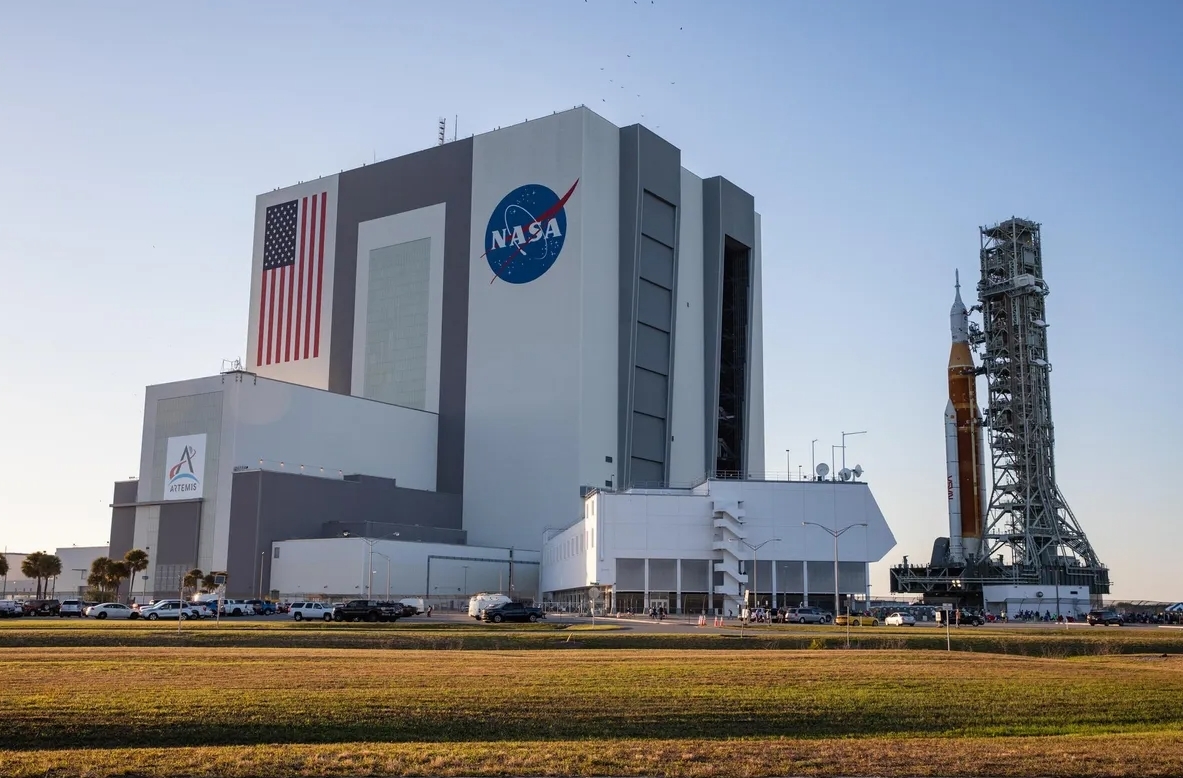Just a short few days after its launch, an almost microwave oven-sized satellite has managed to sheer away from Earth’s orbit and put itself on a direct course with the moon.
Despite what it may seem, however, Nasa has stated that this is all part of the plan. Labeled CAPSTONE (Cislunar Autonomous Positioning System Technology Operations and Navigation Experiment), The small satellite was first launched one week ago by Rocket Lab out of New Zealand’s Mahia Peninsula. The plan was to have the satellite orbit earth for a short while before breaking out of orbit and use no internal energy as it travels to the moon over the course of the next four months.
“It’s probably going to take a while to sink in,” stated Rocket Lab founder Peter Beck to the Associated Press. “It’s been a project that has taken us two, two-and-a-half years and is just incredibly, incredibly difficult to execute. So to see it all come together tonight and see that spacecraft on its way to the moon, it’s just absolutely epic.”
The total cost of the project reached roughly $33 million, but when it comes to space exploration that price tag is relatively low. “For some tens of millions of dollars, there is now a rocket and a spacecraft that can take you to the moon, to asteroids, to Venus, to Mars,” claimed Beck. “It’s an insane capability that’s never existed before.”
“Now, CAPSTONE will use its own propulsion and the Sun’s gravity to navigate the rest of the way to the Moon, a four-month journey that will have CAPSTONE inserting into its near rectilinear halo orbit (NRHO) around the Moon on Nov. 13,” stated Nasa as part of its press release. “The gravity-driven track will dramatically reduce the amount of fuel the CubeSat needs to get to its target orbit around the Moon.”
The satellite is now slated to orbit the moon and report back its data once it gets there. This small project is just a small step in a much larger plan from Nasa as it “plans to put a space station called Gateway into the orbital path, from which astronauts can descend to the moon’s surface as part of its Artemis program,” stated a report from the AP.
“The Electron rocket that launched June 28 from New Zealand was carrying a second spacecraft called Photon, which separated after nine minutes. The satellite was carried for six days in Photon, with the spacecraft’s engines firing periodically to raise its orbit farther and farther from Earth,” reported the wire service.
The experimental craft is part of a plan to build spacecraft that make use of very little fuel. “There’s a number of really cool missions that we can actually do with it,” stated Beck.

